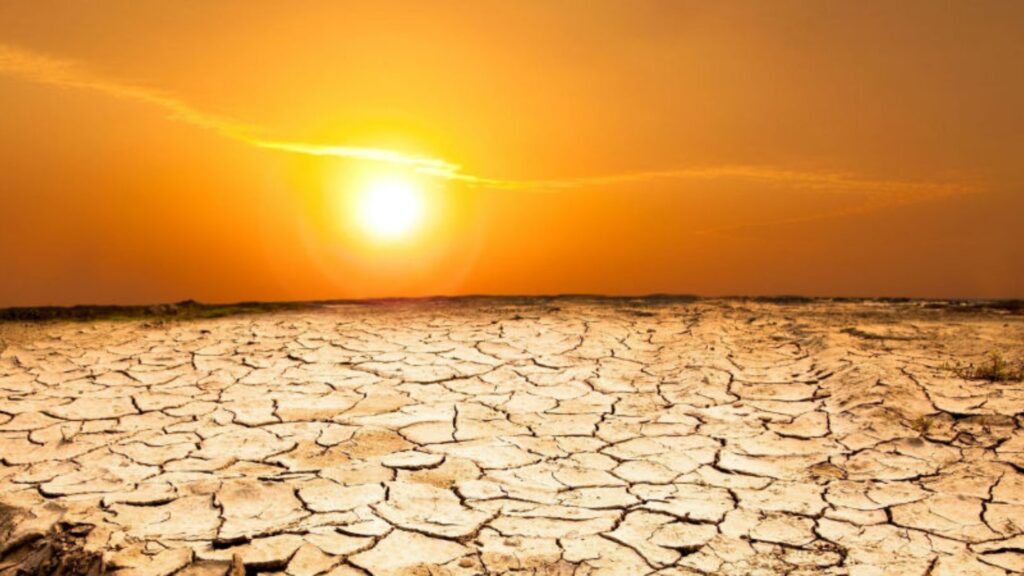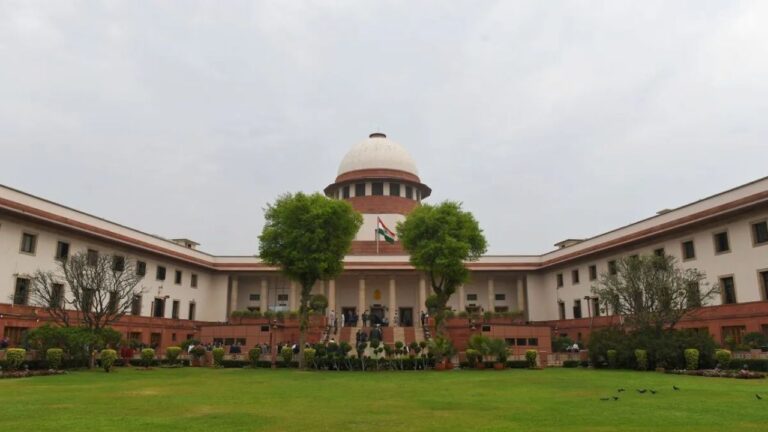
A new report has sounded the alarm on the rapidly worsening climate crisis in India, projecting a sharp rise in both extreme rainfall and heatwave events in the coming years. The study, titled “Weathering the Storm: Managing Monsoons in a Warming Climate”, was jointly conducted by IPE Global and Esri India.
The analysis highlights a 43% increase in the intensity of extreme rainfall events across the country, along with a twofold surge in heatwave days in major Indian cities by 2030. Cities such as Mumbai, Delhi, Chennai, Hyderabad, Patna, Bhubaneswar, Surat, and Thane are particularly at risk.
The researchers used district-level data to map out spatial and temporal trends, developing detailed heat stress projections for the years 2030 and 2040. Their findings establish a clear link between climate change and the growing frequency and unpredictability of weather extremes.
“Extended heatwave conditions are likely to trigger more frequent, incessant, and erratic rainfall events,” said Abinash Mohanty, a co-author of the study from IPE Global.
The report reveals that 8 out of every 10 districts in India are expected to face multiple instances of severe rainfall by the end of this decade. It also shows a stark increase in the number of heatwave days — a 15-fold rise since 1993, with the last decade alone witnessing a 19-fold spike.
In many regions, particularly in states like Gujarat, Rajasthan, Odisha, Tamil Nadu, Maharashtra, and Himachal Pradesh, more than 75% of districts are expected to face a combination of heat stress and intense rainfall events by 2030. These areas will likely witness at least one heatwave episode during the March to May period annually.
“The monsoon season is increasingly behaving like an extended summer, barring the few days it rains,” Mohanty added.
To address the escalating risks, the study strongly recommends the creation of a Climate Risk Observatory (CRO). This national-level body would provide real-time early warnings and risk assessments related to extreme weather events. In addition, the study urges the development of risk financing tools to address climate-induced losses and proposes the appointment of heat-risk champions within district disaster management authorities to strengthen local resilience strategies.
With climate variability already taking a toll on lives and livelihoods, the study calls for urgent policy action to improve preparedness and adaptation at both the state and district levels.






